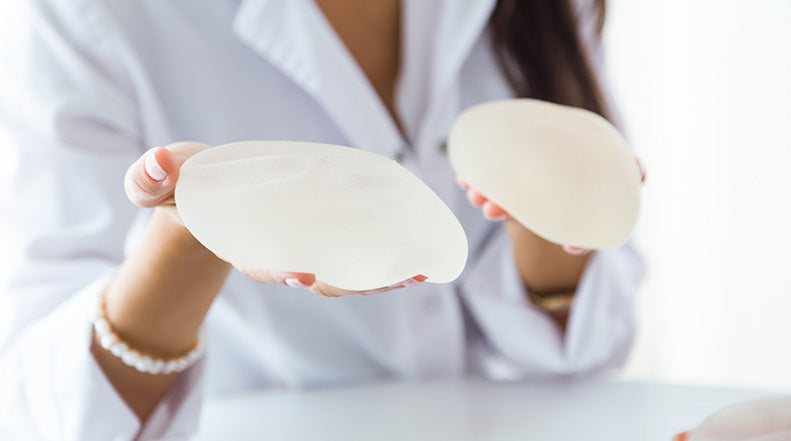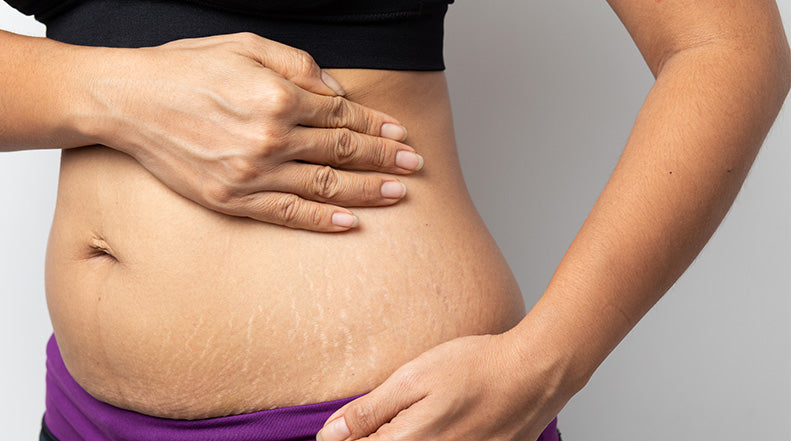What You Need to Know Before Getting a Breast Augmentation

Breast augmentation is sometimes referred to as a "breast aug" or "boob job.” This procedure involves using breast implants or fat transfer to increase the size and shape of your breasts. It can also restore breast volume lost after weight reduction or pregnancy, achieve a more rounded breast shape or improve natural breast size asymmetry. Here is everything you need to know about this procedure.
WHAT CAN A BREAST AUGMENTATION DO?
Patients who opt for a breast augmentation are often hoping to increase fullness and projection of their breasts, improve balance of breast and hip contours, enhance self-image and improve self-confidence. Breast implants may also be used for breast reconstruction after mastectomy or injury. Breast augmentation does not correct severely drooping breasts. A breast lift may be required along with a breast augmentation for sagging breasts to look fuller and lifted. Breast lifting can often be done at the same time as your augmentation or may require a separate operation. Your plastic surgeon will assist you in making this decision.
You will notice your breasts are larger immediately after surgery, but the final results will take a few weeks as the swelling subsides and the skin stretches. Some patients opt for wearing a bandeau to help shape their breasts. This is especially useful to those patients that had any underlying asymmetry or very small breasts prior to surgery. To achieve optimal breast augmentation results, it is important to follow your surgeon's post-operative instructions and return for follow-up visits.
Breast implants are not totally permanent, and they may need to be replaced at some point in the future. Plan to see your plastic surgeon for an annual examination to evaluate your breast health and implant integrity. Over time, your breasts will change due to aging, weight fluctuations, hormonal factors and gravity. As the appearance of their breasts changes with time, some patients have a breast lift or an implant exchange to restore a more youthful contour.
DIFFERENT TYPES OF IMPLANTS
According to the American Society of Plastic Surgeons, these are all the different types of implants you can choose from. Be sure to consult with your plastic surgeon about which one is best for you.
Saline breast implants are filled with sterile salt water. Should the implant shell leak, a saline implant will collapse and the saline will be absorbed and naturally expelled by the body. Saline breast implants provide a uniform shape, firmness and feel.
Structured implants are filled with sterile salt water, and contain an inner structure which aims to make the implant feel more natural.
Silicone breast implants are filled with silicone gel. The gel feels a bit more like natural breast tissue. If the implant leaks, the gel may remain within the implant shell, or may escape into the breast implant pocket. A leaking implant filled with silicone gel will not collapse. If you choose silicone implants, you may need to visit your plastic surgeon regularly to make sure the implants are functioning properly. An ultrasound or MRI screening can assess the condition of breast implants.
Form-stable implants maintain their shape even when the implant shell is broken. The consistency of the silicone gel inside the implant is thicker than traditional silicone gel implants. These implants are also firmer than traditional implants. Shaped “gummy bear” breast implants have more projection at the bottom and are tapered towards the top. If a shaped implant rotates, it may lead to an unusual appearance of the breast that requires a separate procedure to correct. Placement of gummy bear implants requires a slightly longer incision in the skin.
Round breast implants have a tendency to make breasts appear fuller than form-stable implants. Higher profile options can achieve even more projection. Because round implants are the same shape all over, there is less concern about them rotating out of place.
Smooth breast implants are the softest feeling. They can move with the breast implant pocket, which may give more natural movement. Smooth implants may have some palpable or visible rippling under the skin.
Textured breast implants develop scar tissue to stick to the implant, making them less likely to move around inside of the breast and become repositioned. Texturing offers some advantage in diminishing the risk of a tight scar capsule.
Implant manufacturers occasionally introduce new styles and types of breast implants, so there may be additional options available.
HEALING THE INCISION SCARS
It is common for scars to occur after receiving breast implants but topical silicone treatments are the most commonly chosen by cosmetic surgeons for their healing properties. They help to normalize collagen production in the healing and repair process, keeping scars soft and flat. NewGel+ carries a range of products specifically designed to treat breast implant scars, no matter where the incision, including the clinically-proven, fast-drying, NewGel+E. This is one of the only brands to offer specifically-shaped bandages that are pieces of reusable silicone sheeting that fit perfectly over the breast area. There are areola circles for those near-the-nipple incisions, anchor shapes for inframammary crease incisions, and a four piece value kit that includes some of each. There are treatment strips that are designed for mastectomies, as well as ‘lollipop’ shaped pieces for breast reductions. Each piece can be cut and customized to fit you perfectly.
Related Articles:
What Age Should You Start Getting Botox?




Comments